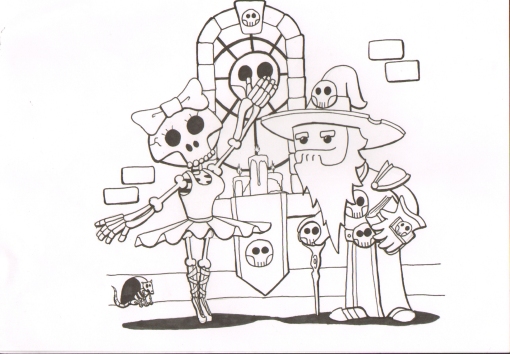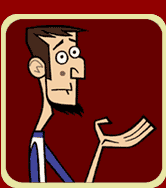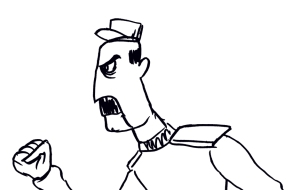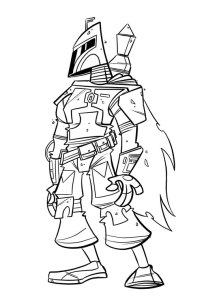While there are many ‘tutorials’ on the internet claiming to teach you how to paint like Ashley Wood, none of them are by the artist himself and are very inaccurate. Alot of the people posting these tutorials are under the impression that all of his work are digital matt paintings. They couldn’t be further from the truth, he is a fine artist who embraces all methods for creating images, as shown in the below interview with ‘ComicBookResources’.

Image: An example of Ashley Wood's oil on canvas paintings
An Interview in 2001 with ‘ComicBookResources’ where Ashley Wood discusses his technique.
KG: What kinds of materials, methods, etc. do you use for a painting?
AW: This is the million dollar question and there isn’t an easy answer, and I’m not being evasive. I use everything from watercolors, oil paint, pen and ink, computers, and digital photography. I literally use it all and always in different combinations. Of course all will be revealed in my Bob Ross style videos in which I will teach you to create any of my images with a fucking giant house brush and three primary colors.
source
One of the best ways to gather information on how Ashley Wood creates his art is to follow him on his blog.
Here he posts daily updates on the projects he is working and what he is using to create them.
From following him on his blog and reading his interviews I have deciphered the following techniques:
Oil on Canvas
Ashley uses to Oil paints on canvas to create, images with a ‘speed painting look’ on his blog he comments that ‘Pushing the paint around, searching for the right feel, trying not to draw with it !’ (source)

Image: Ink sketch in preperation for an oil piece

Image: The resulting oil painting from the Ink sketch
Ink and Watercolour
Ashley seems to use Ink for sketching things out in preperation for an oil painting (see above). The exception seems to be when he is creating artwork for comic books, where he combines his Ink with digital colouring and overlaying other effects digitally, such as benday dots.

Image: An Ink and Watercolour sketch

Image: Ink with digital after effects




















